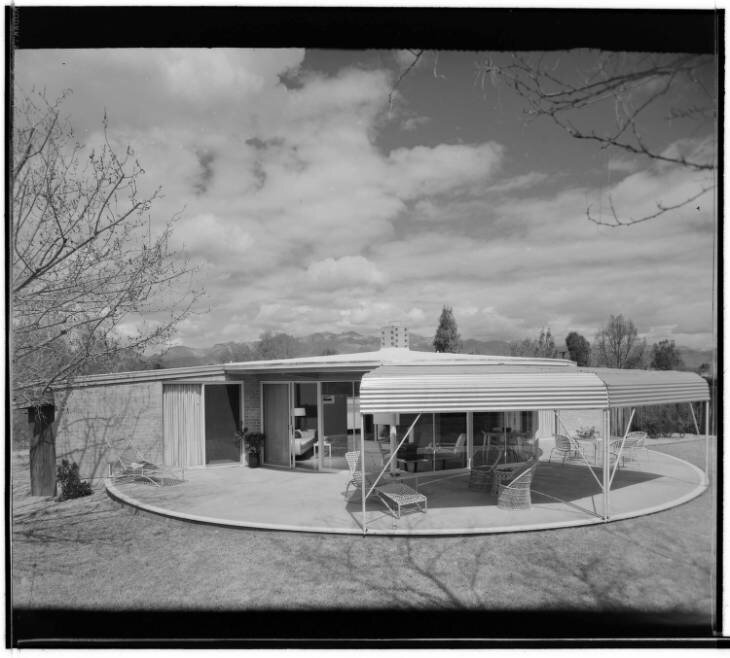On Monuments
/Due to the events in June, I plan to give the issue of Confederate Monuments a more central place in my Architectural History course this fall. This will reinforce a theme of the course: ‘rewriting history’ as a positive concept.
I though I would share the most useful pieces I’ve read. Most were published this month, but a few are from 2017.
“Monuments and Crimes”
by Dell Upton in Journal18 (2020)
”In short, historic preservation enters many conflicts over monuments, either as a delaying tactic or from a sincere, if misguided, belief that monuments are themselves “history” and that their fall is a kind of 1984-esque rewriting of the past.“
“Richmond’s Confederate Monuments Were Used to Sell a Segregated Neighborhood”
by Kevin M. Levin in The Atlantic (2020)
"The Confederate monuments dedicated throughout the South from 1880 to 1930 were never intended to be passive commemorations of a dead past; rather, they helped do the work of justifying segregation and relegating African Americans to second-class status."
"Tearing Down Statues Doesn’t Erase History, It Makes Us See It More Clearly"
by Enzo Traverso in Jacobin (2020)
”Cities are living bodies that change according to the needs, values, and wishes of their inhabitants, and these transformations are always the outcome of political and cultural conflicts.”
“What’s the Point of Beheading a Statue?”
by Erin L. Thompson in Art in America (2020)
discusses “iconoclasm from below” vs. “iconoclasm from above”
"Confederate Monuments and Civic Values in the Wake of Charlottesville"
by Dell Upton in Society of Architectural Historians blog (2017)
"This is not ultimately a conflict over monuments. It is a conflict over the values that we wish to endorse in the contemporary public realm."
"We Legitimize the ‘So-Called’ Confederacy With Our Vocabulary, and That’s a Problem"
by Christopher Wilson in Smithsonian Magazine (2017)
”Just a few years after the war, Frederick Douglass had already begun to see that the losers of the war were winning the peace because he felt that the American people were 'destitute of political memory.'"
From the UK:
“Don't worry about 'rewriting history': it's literally what we historians do”
by Charlotte Lydia Riley in The Guardian (2020)
”These statues ... are political monuments to anxieties about Britain’s status [as a declining empire] at the times that they were erected.”
“Statue wars: what should we do with troublesome monuments?”
by Tyler Stiem in The Guardian (2018)
"Our relationship to a statue, or a building, or a sign is always changing."
Institutional Statements (June 2020):










